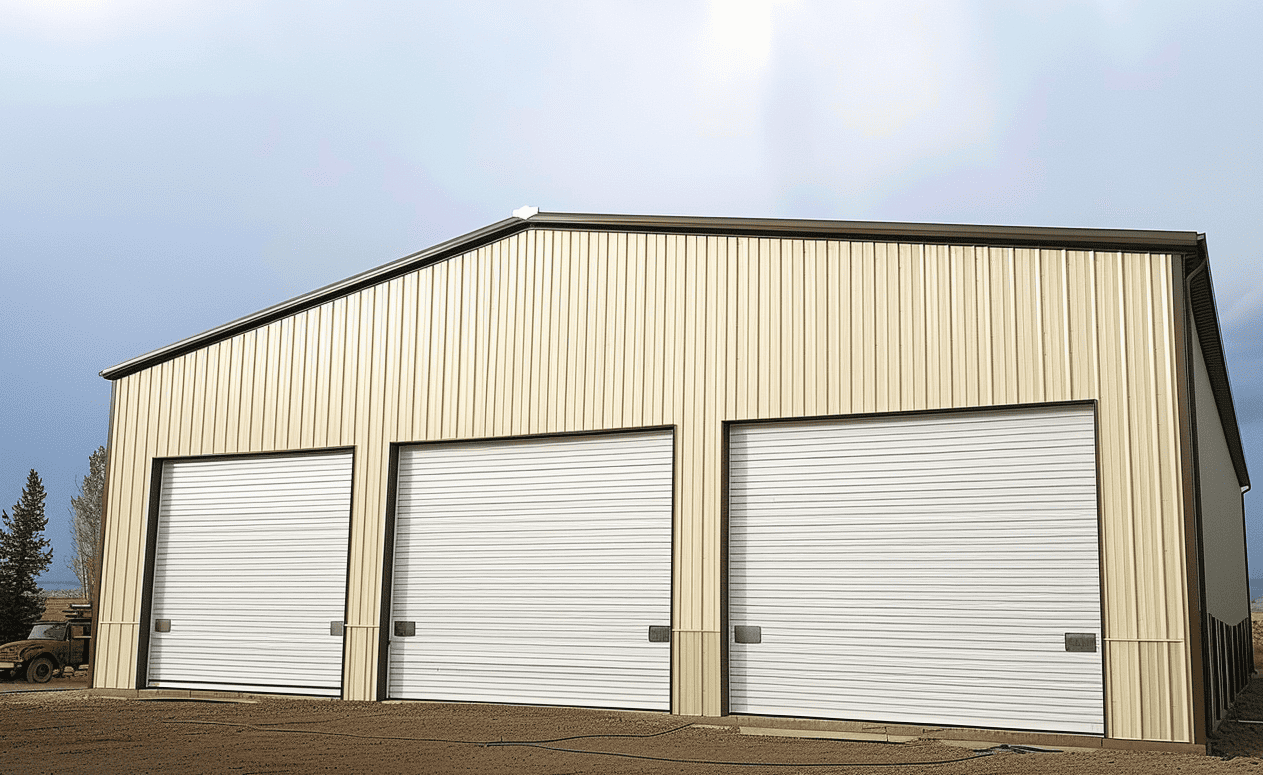Transforming Space: Ottawa Pioneers Office-to-Housing Conversion
In the capital city of Canada, where architecture coexists with regulation and sustainability is no longer an afterthought, a unique transformation is unfolding. What was once a movie theatre turned office building at 230 Queen St. in Ottawa, is on the verge of becoming its first converted residential facility. With the design supervision under Ottawa’s renowned CSV Architect, construction crews have been working tirelessly since early summer, with the aim of opening its doors to residents by early next year.
A Historic Makeover Impacting Ottawa’s Urban Landscape
Adapting an old office structure into residential units breathes new life into the architecture itself. The layout of each apartment will vary based on the original design of the office space, adding a unique touch to each residence. But it’s not just about filling vacant office space – it’s about rethinking how city spaces are used and adapting to the evolving needs of Ottawa’s citizens.

The Role of CSV Architect in the Conversion
At the forefront of this innovative project, CSV Architect, under the direction of Lee-Christine Bushey, has been handling the design overhaul. The project highlights the creative solutions CSV Architect is known for, illustrating just one of the ways they’re minimizing the impact of architectural changes in urban landscapes.
Repurposing Buildings: A Boon for Sustainable Construction
The conversion of the historic building not only symbolizes the city’s commitment to repurposing and recycling buildings for new uses, it also sets a trend for other urban areas to follow. By launching such a project, Ottawa showcases that with a little creativity, even aged spaces can be transformed into fantastic homes that fuse modern comforts without stripping away their built heritage.

What this Means for the Future of Construction
The 230 Queen St. project sets a necessary precedent for the construction industry to reuse and repurpose dormant buildings. It gestures towards a new era of sustainability where existing infrastructure is not discarded, but reinvented. If you’re looking to renovate an existing structure or invest in the construction of new ones, the architectural landscape of the future will likely involve creatively reusing older space.

The Evolution of Urban Ontario
By converting erstwhile office spaces into residential units, we make an efficient and sustainable use of the existing infrastructure. This also broadens the understanding of possibilities to repurpose and renovate architectural spaces innovatively. It’s all about introducing a new perspective on utilising space to the Toronto construction and real estate industry.
As we celebrate Ottawa’s first ever office-to-housing conversion, let’s toast to more sustainable and repurposed architectural masterpieces in the future. How do you envision the future of architectural conversions? Comment below and share your unique viewpoints. Let’s engage in a conversation that will pave the way for future innovations.




